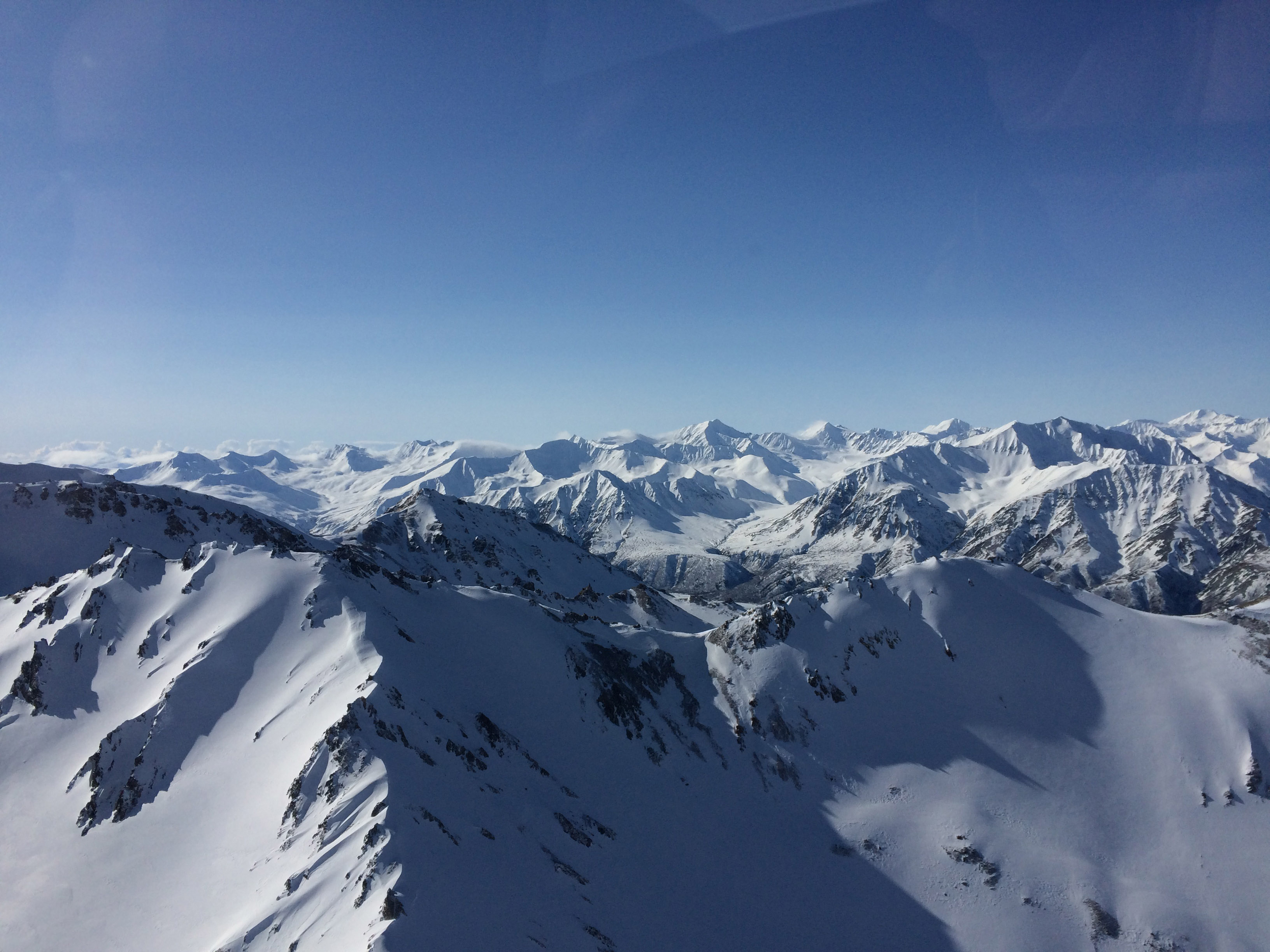
Miner discovers DDT in remote Alaska glacier and meltwater
The perception of glacial water as cold and pristine isn’t reality, says Kimberley Miner. At least the pristine part.
The research assistant professor with the University of Maine Climate Change Institute found pesticide pollutants — including the insecticide DDT — in a remote Alaskan glacier and its meltwater.
Pesticides that contain organochlorine compounds (OCPs) are banned in many countries because exposure can result in fatigue, headache, nausea, blurry vision, tremors, confusion, cancer, coma and death.
Miner says the DDT deposited and stored near the surface of Jarvis Glacier in interior Alaska likely was transported there in the atmosphere from Asia, where it’s still used to try to prevent malaria.
Miner, who earned her Ph.D. in Earth and Climate Sciences at UMaine, says other glaciers in the Eastern Alaska Range also likely store these legacy OCPs.
In 2015 and 2016, meltwater from Jarvis Glacier contributed 15 percent and 28 percent, respectively, of the annual runoff to the Jarvis Creek watershed, which feeds the Delta, Tanana and Yukon rivers.
It’s likely that as the region warms other Alaskan glaciers also are releasing these atmospherically deposited pollutants into the ecosystem, says Miner, who’s also a research fellow with the Center for Climate and Security and a physical scientist at the Army Geospatial Research Laboratory in Virginia.
While concentrations of the toxins in the glacier and meltwater are low, Miner says the opportunity for bioaccumulation of the pollutants in animals and fish may increase as glacial melt continues.
And she says people in the Arctic who eat fish exclusively from local streams could face potential health impacts.
The findings — “Organochlorine Pollutants within a Polythermal Glacier in the Interior Alaska Range” — were published in August in the journal Water. The findings include the first data on OCPs in an Alaskan alpine glacier.
“Emergent pollution from melting glaciers is one of the lesser-known consequences of climate change that represents an area of critical research importance,” writes Miner.
“Though OCPs are only one contributor to emergent pollution within glacial ecosystems, they form part of a greater picture of the long-term fingerprint humans have left on even the most remote locations.”
UMaine researchers who participated in the research include Karl Kreutz, Seth Campbell, Christopher Gerbi, Brian Perkins and Steven Bernsen. Anna Liljedahl and Tiffany Gatesman of the University of Alaska Fairbanks and Therese Anderson of Husson University also participated.

